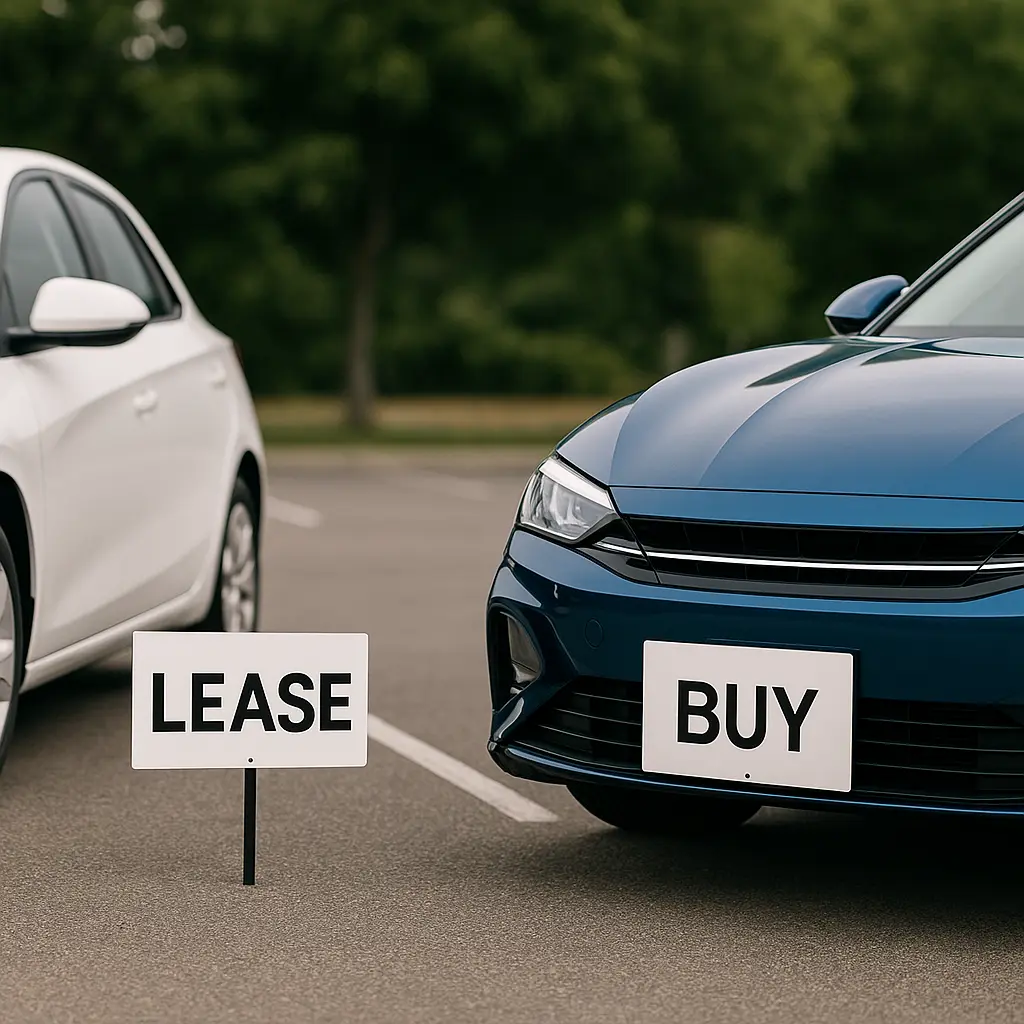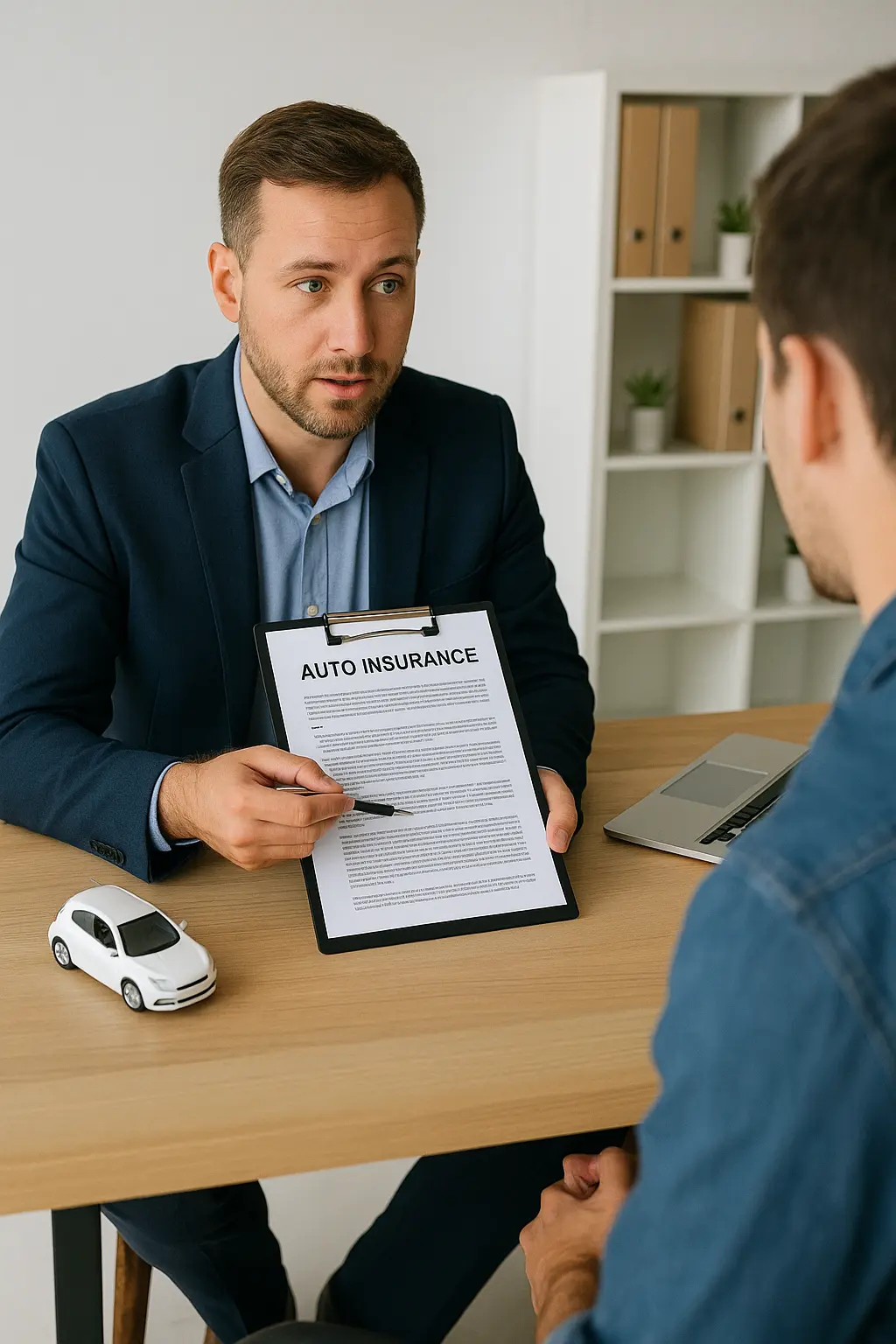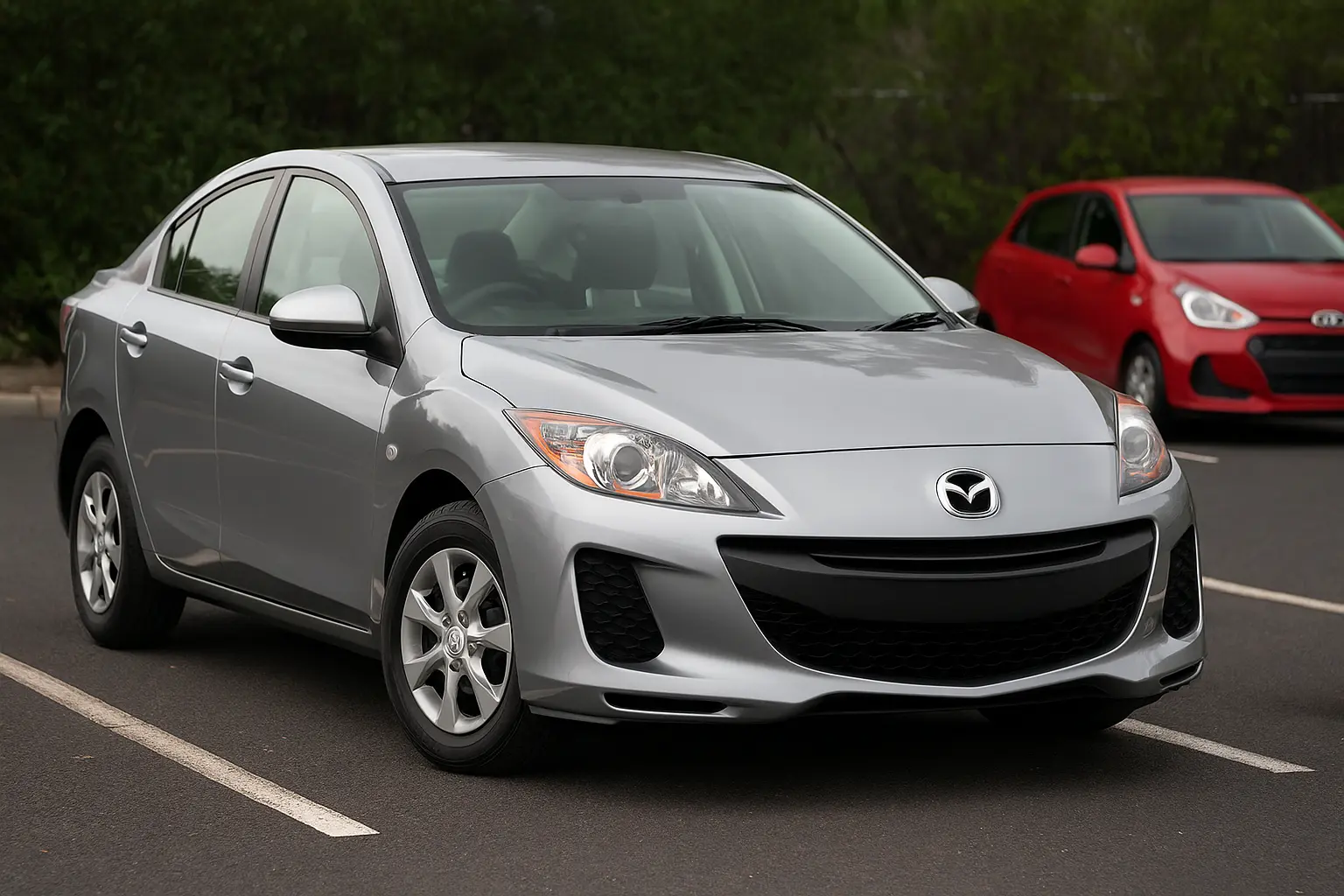2025 Car Lease vs Loan – Which Option Saves You More in Australia?
Buying a car is one of the biggest financial commitments most Australians make after purchasing a home. Whether you're looking to upgrade to a 2025 model or considering your first car, one major question arises: Should you lease or finance your car? This decision can impact your monthly expenses, long-term ownership, tax outcomes, and even your lifestyle.
With car prices rising and newer technologies like EVs changing the market, this in-depth guide explores leasing vs loan financing in detail for Australian conditions in 2025. We break down the numbers, benefits, drawbacks, and suitability to help you make a confident choice.
🔍 What’s the Difference Between Car Leasing and Car Loans?

🚗 Car Lease – A Quick Summary
Leasing a car is essentially a long-term rental agreement. You don’t own the car—you’re paying for the right to use it over a set period (usually 2–5 years).
Key features:
Fixed monthly payments
Usage limits (e.g., km/year)
Must return the car at lease end unless there's a buyout option
Includes novated leasing and operating leases
🚘 Car Loan – A Quick Summary
Car loans (aka vehicle financing) involve borrowing money to buy a car, then repaying it over time. You own the vehicle from day one (subject to finance).
Key features:
You get full ownership
Typically 3–7 year repayment terms
Monthly payments include principal + interest
No mileage restrictions
💰 Lease vs Loan Cost Comparison – What’s Cheaper in 2025?
Let’s do a quick cost simulation based on a $45,000 car in Australia.
| Factor | Lease (3 Years) | Loan (5 Years) |
|---|---|---|
| Vehicle Price | $45,000 | $45,000 |
| Deposit | Often $0 | 10% = $4,500 |
| Monthly Payment | ~$750 (includes GST & FBT) | ~$870 (at 6.5% p.a. over 5 years) |
| Total Cost | $27,000 (36 months) | $52,200 (includes interest) |
| Ownership at End | No | Yes |
| Residual/Balloon Option | Yes (buyout optional) | Balloon optional |
Verdict:
Leasing may offer lower monthly payments and tax advantages, but financing gives you equity in the car.
✅ Pros and Cons of Leasing a Car in Australia (2025)
👍 Pros:
Lower upfront cost: Often no deposit required
Fixed payments: Easier to budget
Tax benefits: Great for ABN holders (via novated lease)
Upgrade more often: Drive a new car every 2–3 years
Maintenance included: Some leases bundle servicing
👎 Cons:
No ownership: You’re renting
Kilometre limits: Excess fees for going over
Wear and tear clauses: You may pay for scratches/dents
End-of-lease charges: Potential fees for condition or termination
Less flexible: Harder to exit early
✅ Pros and Cons of Financing a Car (Loan)
👍 Pros:
Ownership: Build equity in the car
No usage limits: Drive as much as you like
Modify the vehicle: Add accessories or tow bars
Better for long-term savings: Keep car after loan ends
👎 Cons:
Higher monthly payments: Especially with short loan terms
Depreciation risk: Car loses value but you still owe the loan
Maintenance costs: You handle all servicing, tyres, etc.
🧾 Novated Leasing in 2025 – Still a Tax Win for Aussies?
For full-time employees with access to salary packaging, novated leasing remains a very attractive option.
Why?
Payments come out of pre-tax salary
GST savings on purchase and running costs
Bundled expenses: fuel, servicing, insurance
Government EV discounts still apply to eligible models
EV Advantage:
Electric vehicles priced under $89,332 (2025 threshold) are exempt from FBT under novated lease – making them incredibly cost-effective for employees.
🧮 Financial Example – EV Lease vs Loan
Let’s compare leasing vs loaning a 2025 BYD Seal Premium EV valued at $58,000.
| Novated Lease (3 Yr) | Loan (5 Yr @ 6.5%) | |
|---|---|---|
| Monthly Cost (Pre-Tax) | ~$670 | ~$1,140 |
| Residual Payment (end) | ~$22,000 (optional buyout) | $0 (full ownership) |
| Total Cost (before tax) | ~$46,000 | ~$68,400 |
Observation:
The lease saves money over 3 years but you don’t own the car unless you pay the residual. Loaning costs more but gives full ownership and resale value.
👤 Which Option Is Better for You?
👨💼 Choose Leasing If:
You want lower monthly payments
You like driving a new car every few years
You’re a business owner or salary packager
You don’t drive excessive km annually
You want predictable running costs
👩🔧 Choose Loan Financing If:
You plan to own the car long term
You drive a lot and don’t want limits
You want freedom to modify your vehicle
You’re looking for value over time
📈 Market Trends – What Aussies Prefer in 2025
Leasing is growing among employees using novated EV leases due to tax perks
Loans remain the dominant method for personal car purchases
More car brands now bundle subscription-like leasing models (e.g., Toyota Access, Hyundai i-Lease)
High residual values for utes and hybrids make them ideal for loan financing
🧰 Car Subscription vs Leasing vs Loan – A 2025 Twist
Many Australians are exploring car subscription services that offer flexible terms (month-to-month) with included rego, insurance, and maintenance.
| Feature | Subscription | Lease | Loan |
|---|---|---|---|
| Ownership | No | No | Yes |
| Upfront Cost | Low | Low/None | Medium–High |
| Flexibility | High | Medium | Low |
| Monthly Cost | High | Medium | Medium–High |
| Best For | Short-term users | Tax-savvy drivers | Long-term ownership |
🔄 Can You Switch Between Lease and Loan Later?
Yes – but with caution.
Switching from lease to loan: You can buy the car at lease end
Switching from loan to lease: Rare; usually means refinancing to free up cash
Always assess early termination fees or break costs
📚 Real Aussie Case Studies
Case 1: Young Professional in Melbourne
Drives 12,000km/year
Leased a Hyundai Kona EV via novated lease
Saved $5,000 in tax over 3 years
Case 2: Family in Brisbane
Bought a Kia Sportage via loan
Kept it for 8 years, sold for $18,000
Total ownership cost = lower than leasing
💬 Frequently Asked Questions
❓ Is leasing better for EVs in 2025?
Yes, especially under novated lease schemes where FBT exemptions apply.
❓ Can I buy the car at the end of a lease?
Yes, but the residual payment can be high. Review contract terms.
❓ Which is better for high-mileage drivers?
Loans are better. Lease contracts often limit yearly kilometres (10,000–15,000km/year).
❓ Is car leasing available for used vehicles?
Rare in Australia. Leasing is usually for new cars only.
🏁 Final Verdict: Lease or Loan in 2025?
There’s no one-size-fits-all. Your best option depends on:
How long you want the car
Your annual driving distance
Your tax situation
Your appetite for ownership vs convenience
Leasing wins for tax perks, flexibility, and driving the latest cars.
Financing wins for long-term value, no restrictions, and equity in the vehicle.
Before deciding, compare real quotes from lenders, leasing companies, and dealerships. Also factor in insurance, rego, servicing, and resale value to get the full picture.
Leave a comment
Your email address will not be published. Required fields are marked *




















